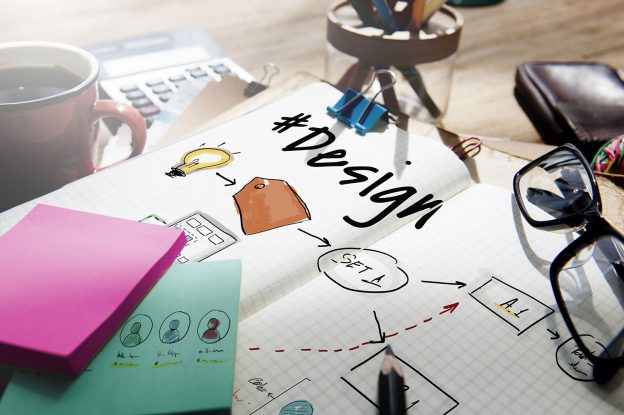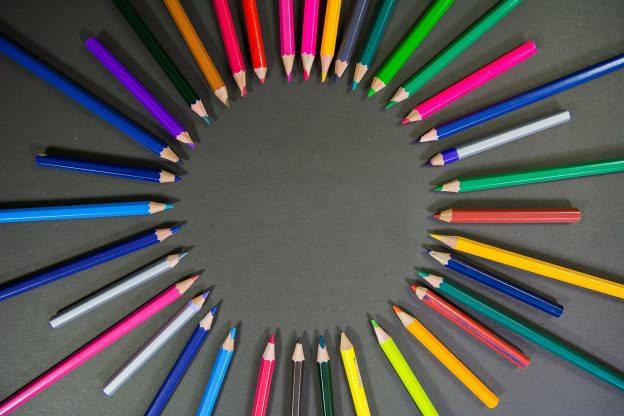As a business owner or marketing manager, you’ll already understand the importance of high quality, consistent branding for your business.
You may work with various graphic designers on an ad-hoc basis to produce your marketing materials. But have you considered working with a graphic design agency on a retainer?
We work with some of our clients in this way, and it works brilliantly (even if we say so ourselves!).
A retainer – or support package – is an agreement between you and your designer or design agency to work together regularly for a period of time, or indefinitely by mutual agreement.
Retainers usually involve weekly, monthly or quarterly work, and your agreement reserves time in your designer’s schedule for a set cost.
Working with designers on a retainer could make a huge difference to your business and your marketing budget. Why?
Peace of mind.
The retainer arrangement guarantees that we’ll allocate a certain number of hours to your work throughout the month. This gives you the peace of mind and confidence that your project deadlines will be met.
Quality and consistent style.
As it’s a long-term relationship, we get to know the brand inside out, and care about your brand as much as you do.
If you work with different designers on separate elements of your branding and marketing visuals, you could end up with a jumbled mix of design styles and quality.
Working regularly with one design agency will ensure that the style and quality of the design is consistent – and therefore memorable – across all your branding.
Our best-ever brochure design brief from one long-standing client? “You know what you’re doing. Just do it!” This proved to us that the client trusted us implicitly!
Queue jumping.
Retainer work can be prioritised over other ad-hoc last-minute projects. With a retainer you’re essentially pre-booking and pre-paying for time in your agency's studio schedule.
A good graphic designer or design agency can get booked up weeks, or even months in advance. Either their schedule is full, or they’re willing to work overtime but you’ll be charged a rush fee.
With a retainer, you get to jump the queue. You’ve already paid for the work, so even short-notice* projects will be delivered on time.
* Within reason!
Efficiency and time saving.
A long-term relationship means you don’t need to interview and brief a new designer or design team every time a project begins.
When you work with a designer or agency for the first time, you’ll spend time getting to know one another. Your designers will need to familiarise themselves with the style and personality of your brand before creating any visuals. There’s a risk they won’t get it right first time and you’ll need a lot of back-and-forth to get the design right.
When you work together long-term, you can skip this step and get work approved and delivered faster and more efficiently.
Discounted fee.
On a graphic design retainer agreement we usually – depending on the package – offer a discounted fee compared to our normal hourly rate.
Simpler budgeting.
Your accounting will be simpler. You know exactly how much you’ll be paying each week or month for the duration of the retainer contract, so you can plan your budget and stay organised.
Less paperwork.
On one-off jobs you’ll be dealing with quotes, contracts, invoices, etc. every time. Having a graphic design agency on a retainer means you have less paperwork to deal with. And less paperwork equals more time for you to focus on your own core business activities.
Still not convinced? Get in touch.
If you think a retainer might work for you, we can test the water by starting small. You can select a few modestly-sized regular jobs, and we can use those to create a mini support package. In time you can, if required, increase the scope of your retainer.
Before setting up your retainer, we’ll have a chat about the kind of work you need and how often you need it, so we can get a support package in place that fits your needs and budget.
If you’d like to chat about setting up a graphic design retainer for your business, get in touch.

